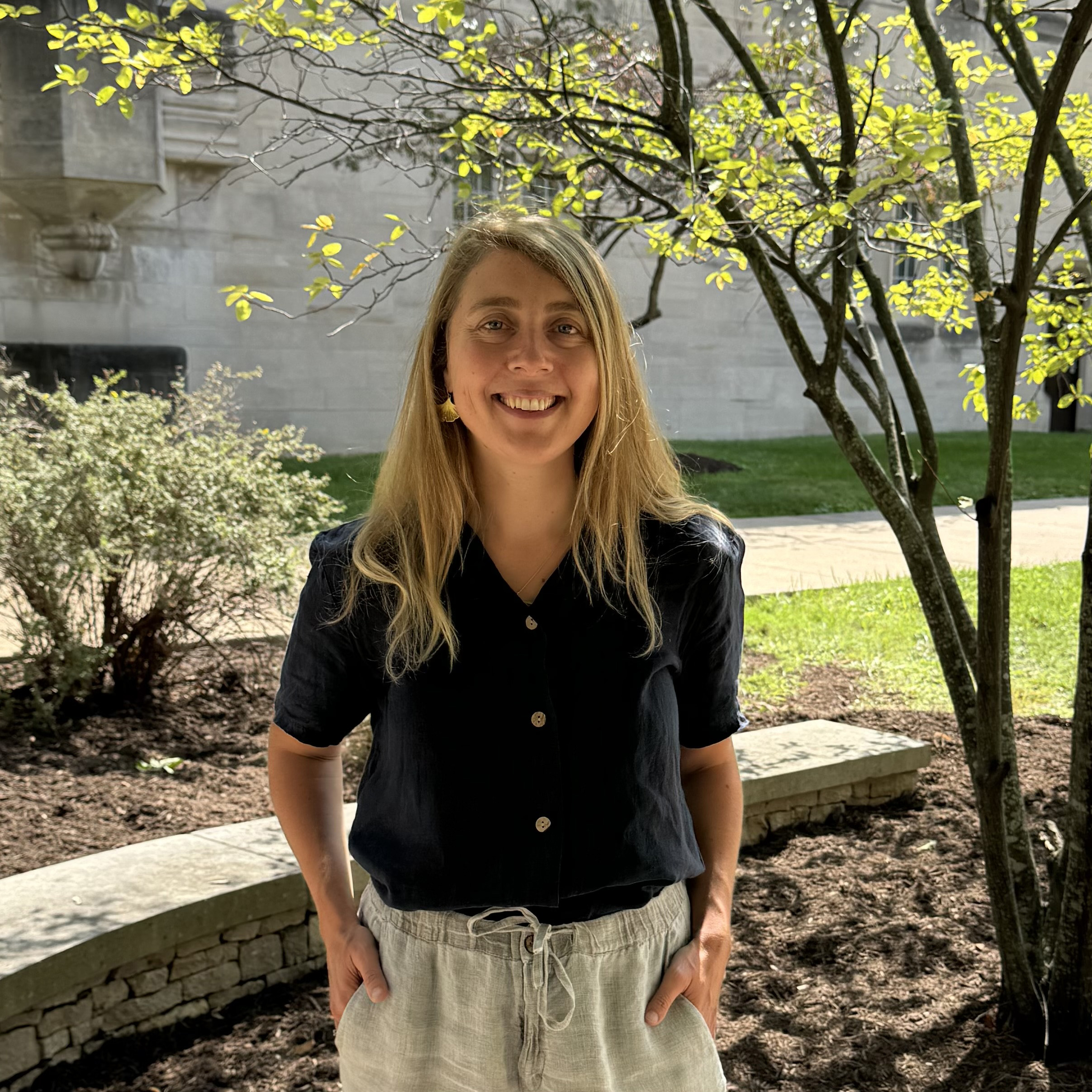
Plant Science in a Changing Climate Session: Alizée Malnoë
Talk title: “Regulation and Mechanism of Photoprotective qH in Arabidopsis“
Talk abstract: Photosynthesis is of critical importance, as it provides the energy that drives food, feedstock and biofuel production, and mitigates climate change. The balance of light harvesting and dissipation by photosynthetic organisms is key for protection against photodamage, and its manipulation can lead to gains in biomass. My group seeks to understand how this balance is established by studying the molecular mechanisms of photoprotection. We use genetics, molecular biology, biochemistry, structural biology and biophysics to discover new biological regulation of energy dissipation and its photophysical properties. Energy dissipation through a process called non-photochemical quenching of chlorophyll fluorescence protects photosynthetic organisms from excess light. Previously in Arabidopsis, we have identified factors which modulate a sustained form of energy dissipation that we termed qH. Its activation requires the plastid lipocalin (LCNP) whereas suppressor of quenching1 (SOQ1) inhibits LCNP and a short-chain dehydrogenase reductase is involved in the relaxation of qH (ROQH1). Strikingly qH-deficient plants bleach under excess light, while constitutive activation of qH causes severe light-limitation and a stunted phenotype. We are investigating the function of these factors, and newly identified ones, in repressing, turning on or off qH at the transcriptional, structural and post-translational levels. I will present our recent data highlighting the regulatory function of SOQ1 on LCNP and the properties of isolated qH-energy dissipative antennae.
Bio: Alizée Malnoë is an Associate Professor of Biology at Indiana University Bloomington. Alizée does research in Genetics, Molecular Biology, Biochemistry, Biophysics and Physiology of Photosynthesis. Her group studies molecular mechanisms of photoprotection in plants.
Website: https://malnoelab.com
